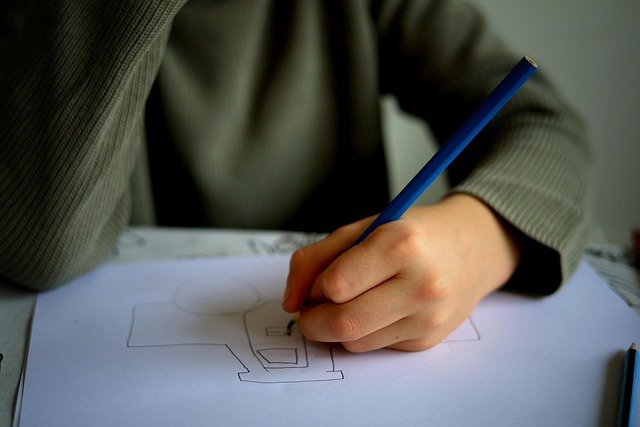Art & Design Degrees: What to Expect and Career Paths
A degree in art or design provides structured learning in visual practice, critical thinking, and applied techniques that prepare students for creative professions. Programs balance studio time, theory, and professional development so graduates can build portfolios, communicate ideas visually, and pursue roles across creative industries with a foundation in both craft and context.

What do art degrees cover?
Art degrees typically combine practical studio courses with art history and critical theory. Studio work focuses on drawing, painting, sculpture, photography, or multimedia, while seminars explore historical movements, visual analysis, and contemporary issues in art. Many programs require a senior project or exhibition, helping students demonstrate a cohesive body of work. Coursework emphasizes technical skill, conceptual development, and visual literacy, and often includes electives that allow interdisciplinary exploration with fields such as film, performance, or new media.
How does design education differ?
Design education emphasizes solving visual and functional problems for users and clients. While art programs often focus on personal expression and critique, design courses prioritize process, research, and outcomes: user research, prototyping, iteration, and testing. Projects are frequently brief-based and collaborative, mirroring workplace workflows. Students study principles like hierarchy, usability, and systems thinking, and learn software and production methods that prepare them for roles where design must meet specific needs and constraints.
How do programs build creativity?
Creativity in art and design education is cultivated through experimentation, critique, and cross-disciplinary exposure. Studio assignments encourage risk-taking and iterative development; critiques teach how to receive and apply feedback. Faculty-led seminars introduce diverse perspectives that expand conceptual frameworks. Many schools support maker spaces, labs, and community projects that let students test ideas in real contexts. Structured constraints—such as briefs with specific goals or materials limits—often stimulate novel solutions more effectively than open-ended tasks alone.
What skills does a graphic design degree teach?
A graphic design degree combines visual communication fundamentals with professional tools and production know-how. Core topics typically include typography, layout, color theory, branding, and information design. Students develop proficiency with industry-standard software, learn print and digital production processes, and create applied projects like brand identities, editorial layouts, and web interfaces. Portfolio development and client-based projects are common, showing employers tangible evidence of conceptual thinking, craft, and project management.
How to choose programs and local services
When comparing programs, consider curriculum balance (studio vs. theory), faculty experience, facilities (labs, print shops, maker spaces), internship and placement support, and opportunities for collaboration. Look for programs that help you build a professional portfolio and offer real-world briefs or partnerships with local services and cultural organizations. Review alumni work and visit studios or open days when possible. For continuing education or skill refreshers, community colleges and online platforms often offer targeted certificates and short courses that complement formal degrees.
Conclusion
Art and design degrees provide structured pathways to develop visual skills, critical perspectives, and practical experience for creative careers. Whether focused on fine art or applied design, programs foster technical competence, conceptual thinking, and professional readiness through studio practice, critique, and project-based learning. Clear criteria for selecting a program—curriculum, resources, and opportunities to build a portfolio—help align educational choices with long-term creative goals.






